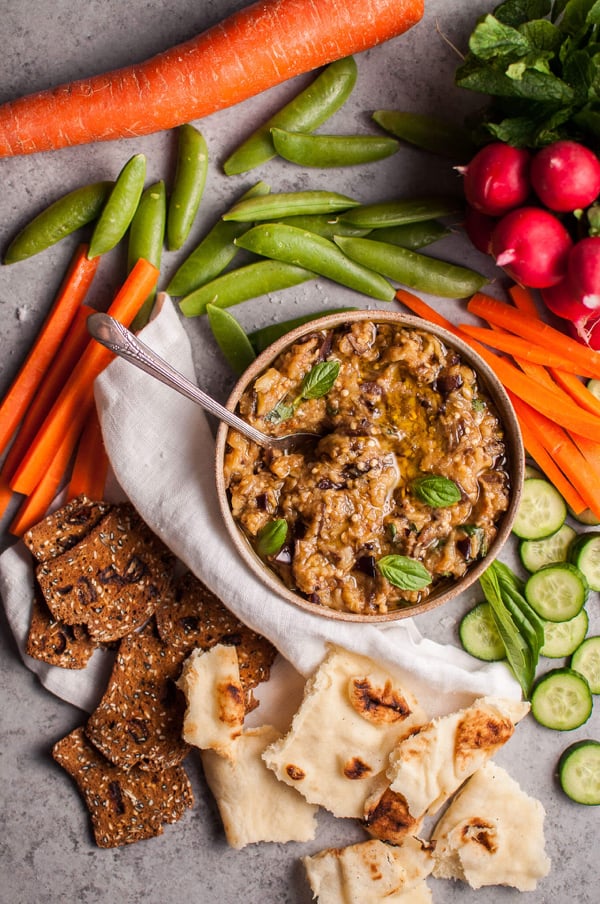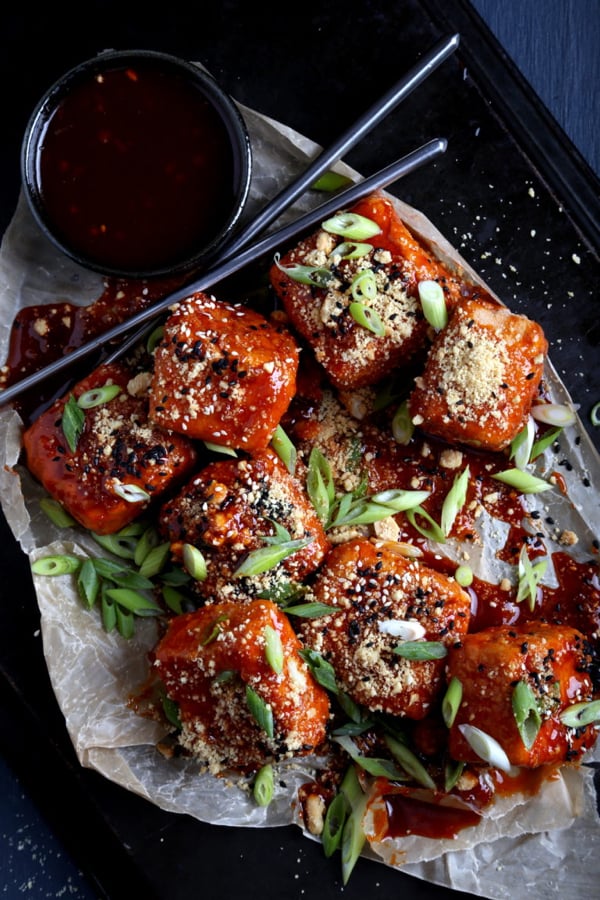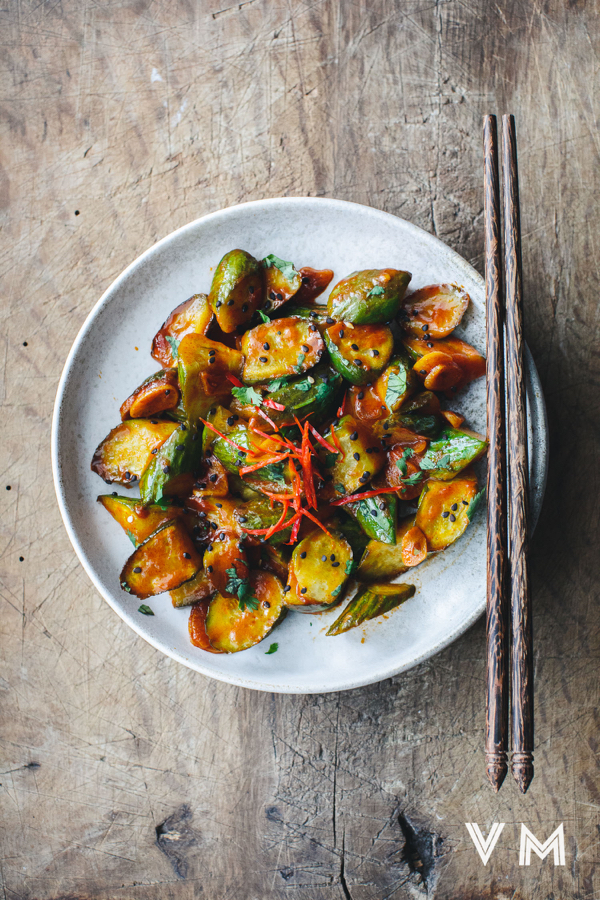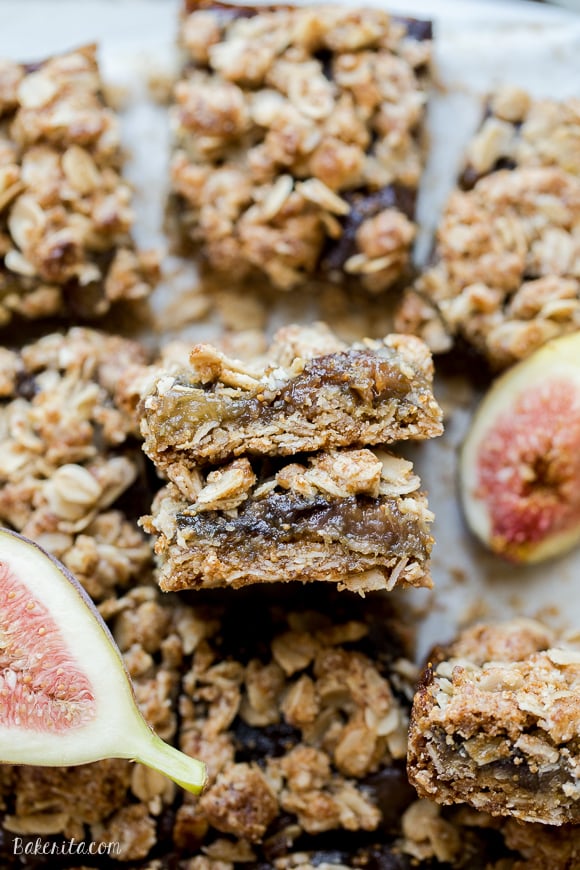Good morning, friends, and happy Sunday.
It’s hard to believe that August is already here. I’m fighting the urge to start fretting–as I do nearly every summer–about all of the summery things I haven’t yet done: the outdoor concerts I haven’t seen, the picnic lunches I haven’t eaten, the languid hours of reading on sunny benches that haven’t happened.
It’s so easy to idealize summertime, to envision it as a series of postcard-perfect snapshots. Of course, the truth is that summer holds no special monopoly on leisure or on being outdoors, even if it makes those things a little easier and more accessible. I have to remind myself that, as important as this summer has been in terms of learning to slow down and live more consciously, that process can and hopefully will continue long after August is behind me.
For now, while August is still fresh and alive, here’s to long days and sunny afternoons. Here’s to getting outside. Here’s to a sense of time being suspended, if only for a few moments. Here’s to stone fruits, ripe heirloom tomatoes, zucchini by the bushel, sweet corn, and all the pie/crisp/crumble we can handle.
And here’s to this roundup of recipes, some summery, some not, that have inspired me this past week.
Recipes
I must be itching to make babaganoush lately, because I keep bookmarking different eggplant dip recipes. My latest favorite is Natasha’s lovely roasted eggplant dip–so very simple, yet so appealing.
I have yet to get into gochujang–I’m admittedly a bit of a wimp when it comes to heat–but Erin’s double-dredged tofu with gochujang glaze might just turn me around. These little nuggets look incredible, so spicy and flavorful, and I’m imagining them in all sorts of bowls and stir fry meals!
Speaking of a gochujang, I’m so intrigued by Rika’s recipe for sauteed chili cucumbers! Cucumber is not a vegetable I ever think to enjoy warm (unless I happen to be mixing it up with another vegetable that’s just been cooked), but her recipe is so simple and intriguing that I may be about to change my tune. I love the idea of serving spicy, seared cukes with noodles or rice.
I haven’t had too much luck making vegan vegetable patties hold their shape just right–there have been numerous failed attempts at zucchini and rice cakes, for example–so I’m super impressed with Belen’s cauliflower & lemon patties. They’re beautiful to look at, specked with red quinoa, and ground flax and brown rice flour seem to hold them together nicely. Can’t wait to try them with some tahini sauce.
Finally, it’s not quite fig season here in New York, but it will be very soon. And when it is, I can’t wait to make Bakerita’s gorgeous, vegan and gluten free oatmeal fig bars. They look perfect!
Reads
1. First, a troubling look at trends in body dysmorphia and body manipulation among teens, with a specific focus on how conventional gender identification lines up with behavioral patterns. The article calls upon data from an ongoing study of more than 13,000 American children, the Growing Up Today Study (GUTS). It reveals that,
By age 23 to 25, 10.5 percent of the women in this large sample reported using laxatives in the past year to lose weight; the practice increased over adolescence in the girls, but was virtually absent among the boys. Conversely, by young adulthood, about 12 percent of the men reported use of a muscle-building product in the past year, and again, this increased during adolescence.
The researchers on the study were curious about whether or not such practices–using supplements or OTC drugs to slim down for girls, versus using them to bulk up among boys–aligned with traditional ideas about masculinity and femininity. And they did: regardless of sexual orientation, kids who described themselves as more gender conforming were more likely to use laxatives (the girls) or muscle-building products (the boys).
The article goes on to tackle how unrealistic portrayals of body shape in social media and popular media might continue to influence young people and harm their sense of self-esteem. It emphasizes the important role that caretakers can play in modeling healthful eating patterns and always refraining from making negative comments about body shape. It also makes the interesting point that, while kids and teens who are nonconformist in their sensibilities are sometimes considered more vulnerable to conditions like depression and social ostracism, kids who feel an inherent pressure to conform neatly to prevailing social norms and imagery might face their own set of struggles.
I’m glad that dialog continues to exist around the oh-so-problematic role that unrealistic body imagery plays in our society, and I’m also glad to see some attention brought to laxative abuse–a form of disordered eating that I’ve certainly struggled with, and which is often under-discussed or treated as taboo in the larger recovery/ED dialog.
2. Work with cadavers is a seminal part of medical training, and it tends to evoke no shortage of complex feelings and fears among medical students. I had only one glimpse into the experience during my own experience as a pre-med, and even that short encounter (being shown cadaver lab during a medical school tour) stayed with me.
So, I found Matt McCall’s article about cadavers in Nat Geo to be fascinating. It’s a broad look at the role that cadavers play and have always played in medical education, but it also examines a recent downward trend in body donation rates. Body donation remains an unconventional choice, and the article peers into the consequences of that choice for family members, specifically children of parents who have chosen to donate their bodies.
I liked this quotation, uttered by the son of a donor: “Anything that can contribute to life, whether it’s for science or pure love, usher along mankind. That may sound lofty, but it’s how I feel.”
3. I’ve always been fascinated by how sensory experience for humans and other animals changes over the generations. I remember vividly reading a proposal, back when I was an editor, about how much noisier the world has become, how true silence–or at least, silence from man-made sound–has become a rarity. What are the consequences for our health, the quality of our lives, and our experience of the physical space in which we live?
This article looks at a different, yet linked phenomenon–the relative disappearance of darkness from our world. The author begins by sharing a childhood experience that may be rarer and rarer these days:
I grew up in a small town in the Hudson River valley, about an hour north of New York City. Like most children, I regarded the night sky (or what I could see of it) with extraordinary wonder. I understood that nobody could say for sure what was out there. Little kids are often frustrated by the smallness of their lives, in part because the imagination-to-agency ratio of the average toddler is roughly infinity to one. As a child, you can conjure complex, unbound, spooling worlds, but in your own life, you are largely powerless to make significant moves. Looking up, the tininess I felt was validated, confirmed, but it no longer felt like a liability. If the night sky offers us one thing, continuously, it is a deeply liberating sense of ourselves in perspective, and of the many things we can neither comprehend nor control.
The article goes on to explore how changes in the night sky–or rather, the way in which we perceive it–might change the experience of being human. One park ranger is quoted saying “Most children, right now, growing up in the US, will never see the Milky Way.”
From there, the article takes some fascinating turns, exploring the history of our relationship with illumination (darkness, the author notes, has long been associated with fear and unknown; what does it mean for the unknown to become increasingly scarce?), debates over LED streetlights, and the health consequences of sleeping in overly illuminated settings. I can’t really do justice to Amanda Petrusich’s marvelous scope and insight, but I can share the final few grafs, and then tell you that the the article is well worth reading in its entirety:
An optimist might presume that, in its absence, we’ll find new reasons to ask questions of the natural world and of ourselves, and to continually enlarge and revise our understanding of the universe. That we will not, instead, drift further toward a detached, solipsistic worldview that wants for little beyond itself. Still, it’s hard not to do the mental arithmetic—to worry that our disinterest in preserving darkness and our present detachment from it might suggest something troubling about the insularity of the modern condition. What other romantic fascinations will we lock ourselves out of, and at what cost?
“The experience of looking up at the sky—that’s what Kant uses to explain the sublime,” Stanley said. “In 1788, he said, ‘There are two things that fill my heart with wonder. One is the moral sense within me, and the other is the order in the heavens above me.’ That’s an extraordinary feeling, and ineffable. You can’t describe it, but once you’ve experienced it, you never forget it.”
It almost sounded, to me, like Stanley was talking about love. The experience of oneself in relation to an other—the miracle of it, the magnificence.
4. If you could erase painful memories, would you? It’s an idea that has been explored in the context of romantic love and loss (I’m thinking of Eternal Sunshine of the Spotless Mind), but this article approaches the idea with a more psychiatric focus. We are close, apparently, to having pharmaceuticals that might actually be able to remove unbearable memories from our consciousness.
What would that mean for us? It’s widely thought that re-engaging with painful memories in a safe way is crucial for contextualizing, learning to bear, and then reintegrating past experience. How would erasure of memory change this process?
I’m inclined to agree with the author of the article, who insists that he would not take back painful memories–even one so painful as his father’s struggle with MS–if he could. Such memories, he suspects, have become a crucial part of his sense of self. I feel the same way about my own painful memories; indeed, I’ve lately been trying to spend more time with them as a means of moving forward with more wholeness and self-understanding. Then again, I’ve never lived through PTSD, nor do traumatic memories ever intrude on my everyday, waking life. If they did, I might feel very differently about this.
I was also interested to read the author’s statement that he would not wish to replace or repopulate memories that he has erased–a dimension of this dialog that’s addressed more rarely than the notion of wiping out memories that hurt. Having lost many memories of his father before MS, the author is still able to write,
…knowing someone could one day tell me that they had found a way to grant me access to my memories of my father, I’m no longer certain I would try.
I spent years trying to find those memories. I asked relatives and friends for stories. I stared at faded family pictures trying to infuse them with the personality and warmth that comes only from the act of reminiscing. But perhaps all this time I’ve been looking for the wrong thing. Perhaps it’s okay to let the memories go. Over time, my sliced-up memories have defined my personal understanding of self and have, ever so gradually, become part of a narrative I’m no longer sure I want to change.
Yes, my over-pruned tree is missing some branches and appears rather lopsided. Its flowers don’t always open the way they should. But it’s also sprouting new leaves in places I never expected, and its crooked visage is simply part of who I am. Rather than trying to fill those empty holes, I can now look at the negative space and see it – all of it – as a part of me.
It’s an honest, insightful, and very worthy essay.
5. Finally, I was sorry to hear that the decline of cardiovascular mortality is slowing down after years of progress. But I did like that this article emphasized not only the importance of some well-validated dietary approaches (like the DASH diet), but also the profound value of cooking and getting into the kitchen as a means of prevention and management.
So, here’s to cooking–both for our pleasure, and for our health!
On that note, I’m off. I hope you savor the last bit of the weekend, and I’ll see you this week with a new recipe and a fun new cookbook review (been a while since I shared one of those!).
xo
You might also like
“Young at Heart” is a ballad that most of us have heard at least a few times; it’s ubiquitous enough to appear in movies pretty often. It happens to have been one of my grandmother’s favorite songs, and the tune she always put me to sleep with when I stayed with her. I don’t know whether she picked this song as my lullaby because she loved Frank Sinatra, or because she thought I’d like it, or simply because it was on her mind…
Happy Sunday, everyone. This weekend has been marked by celebratory occasions, including my good friend Ethan’s birthday yesterday and Steven’s and my 16-month anniversary today (yes, we still count the months). These things, coupled with work for a few new clients, have helped the weekend to fly by so far. No weekend is too busy, though, for a little weekend reading! To begin with, I’m totally smitten by the idea of these savory chickpea dumplings in a fragrant, curry tomato sauce, courtesy of…
Hi friends! I’m a little short on words after NEDA week and pretty tired besides (I started a new rotation for my dietetic internship this week), so I’m taking a Sunday afternoon pause today. I want to thank you all from the bottom of my heart for your responses to the last few posts, here on the blog, on Instagram, and over email. It takes courage to share, and this conversation is enriched by every new voice. Back to business as usual, I’ll…
A few days ago, fending off a serious case of overwhelm, I started bullet journaling. I did so without a fancy journal, rolls of decorative washi tape, or web tutorials and downloads to guide me (there are plenty of those out there, if you’re interested). I don’t really know what I’m doing. I know that the system, at least in its most basic formulation, is fast, and it’s keeping me organized through the December crazy. Approaching something this way—implementing it long before I…







Leave a Comment
I’m 60 and hubby is 62 we are both donating our bodies to science. It was his decision to do so first. we lost our first child at 13 months and she was cremated as I couldn’t bring myself to bury her. it had been my wish that her cremains be buried with me. then I decided to be cremated as well and wanted our ashes scattered together. I own a classic camaro convertible and told my kids that I wanted them to drive with top down and scatter the ashes letting the wind blow through my “hair” one more time! however, in 2015 I had breast cancer for the second time, first time in 1998 and was given a 35% chance of survival at that time even after surgery, chemo & radiation. same deal in 2015 although this time all my kiddos were adults. so I decided to donate my body as well. I see it as hey…perhaps by doing this I can help in a major discovery and help others! Most places will cremate you after they are finished with the remains and return the cremains to the family if you prefer. This also alleviates the burial/burden costs associated with a traditional viewing and burial to your family.
I am interested in reading the article about cadavers. You might find this interesting since it involves cadavers AND body image. My two bosses have a very open relationship with me, and are a little older (around 60 and 75, compared to 29 year old me). Oddly we talk about funerals a good amount (you know compare to the 0% of the time people talk about it with their bosses lol) and we were talking about how none of us want to be buried in a casket. My female boss talked about how she wanted to donate her body to science but she never wanted to be a cadaver because she was afraid students would be making fun of her body after she died! I assume some people do this, as I know when I did drawing in art school we made nicknames for nude models by distinctive body characteristics, which seems mean spirited but they were just as trying to figure out who was who without knowing names. Even though some of our nicknames weren’t flattering, I think we were overall less judgemental about naked bodies since we saw a wider range of body shapes than the average person. I just can’t imagine being so hung up or ashamed of your body that it would effect your choices of what happens to your body after death.
Such a gorgeous collection of recipes. That glazed tofu – drooling!
I listened to a really beautiful podcast – On Being – the other day (SO GOOD!). And one of the guests said that we NEED to experience suffering to become truely compassionate and understanding. Hence erasing painful memories doesn’t seem like the way forward ;). Though Eternal Sunshine of the Spotless Mind remains one of my all time favourite movies.
Thanks as always for sharing.
Gochujang isn’t very spicy; I definitely think you could handle it! Really interesting article on body dysmorphia.
I’m proud to say I’ve been taking the GUTS survey every year since I was a young teen! 😀
Jaclyn, that is so cool! You’re doing a real service to those studying the health of young people in this country.